Fasting is restraint in the area of eating, a person should limit his diet to the most modest dishes possible.
Every fast, including Christmas, is religiously motivated.
Advent Lent begins every year with the beginning of Advent and ends on December 24 at dinner time.
How did the idea of Christmas fasting come about? Read on to find out everything today!
The beginnings of Christmas fasting
Fasting was a completely normal part of people’s lives even before the birth of Jesus. The tradition of fasting has its origins in the Jewish community. There are sources where it is written that fasting is a valid and full substitute for sacrifice. So the first Christians adopted the Jewish custom.
For example, even Moses fasted before he ascended Mount Sinai. He fasted to prepare himself to meet God. As Christianity gradually began to distance itself more from Judaism, fasting was criticized.
The Gospels also write about the fasting of Jesus. Then he was supposed to meet God, but he was tempted by Satan. So that he fasted persistently and thus strengthened the bond between him and God. People fast mainly to get closer to God, this is the interpretation of fasting from the past.
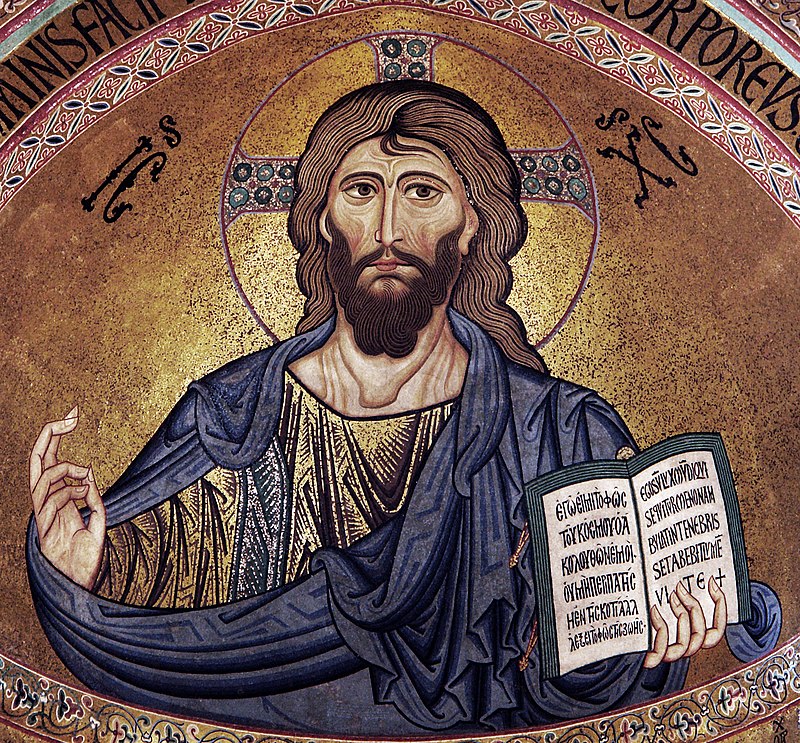
Advent Lent
Christians introduced Advent already in the 6th century, it was then that Advent began to be a joyful time of waiting for the coming of the Savior. (advent comes from the word adventus, which translated means arrival)
Over time, however, the date of Advent changed, today Advent begins exactly 4 Sundays before the 1st Christmas holiday. It was customary to fast throughout this period, but the rules of the Christmas fast were always looser than those of the Easter. It was common to abstain from meat, dairy products, and sweets.
It ceased to be an observed tradition until the emergence of the Protestant Church in the 16th century. Many Catholics stopped fasting only in the middle of the 20th century when the Vatican decided to modernize Christianity. Until then, Christians abstained from meat every Friday.
Early Christians already believed that if they fasted and thus reduced their desires, they would draw closer to God. Fasting helps a person free himself from material slavery and thus gain greater control over his spirituality. Physical hunger is said to reflect spiritual hunger, which can be relieved only with one food – Christ’s body and blood.

Observance of fasting
Even though Christmas has nowadays become more of a holiday of never-ending feasts, some Christians, especially Orthodox ones, still observe fasting. How is such a proper fast kept?
The unwritten rules of fasting
Everyone’s faith is different, and therefore the rules of fasting are also different. However, an orthodox believer is likely to proceed this way!
- more praying
- fasting is usually broken on Sundays
- no animal products are eaten – no meat, milk, eggs or honey
- fish can be eaten every Sunday except the last one before the birth of Christ (prohibition from December 13 to 24)
- restriction of wine, and olive oil (traditionally only from December 13)
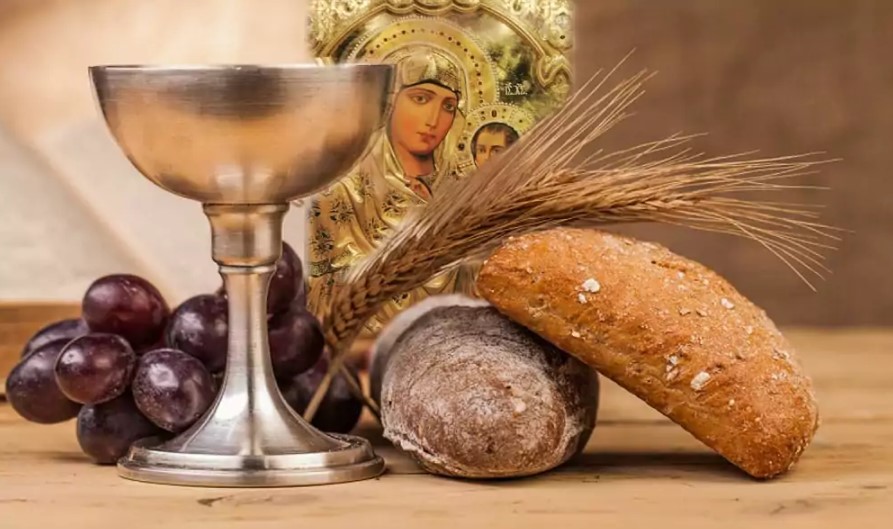
Discover similar tips
Golden Pig – a fasting tradition in the Czech Republic
Perhaps in every Czech family the golden pig was mentioned at least once in connection with the absence of food! This well-known, purely Czech superstition has been passed down for centuries!
The Golden Pig can be seen by anyone who conscientiously goes through Lent and fasts on Christmas Day. According to legend, the piggy appears with the arrival of the first star in the sky, when the family sits down to the Christmas feast.
Gold evokes happiness, happiness in the form of the Sun and ripe fruits. The pig has symbolized abundance and prosperity since ancient times. Three days before Christmas Day, the pagans used to celebrate the winter solstice as the birthday of the Sun god. On December 21, it was customary to eat pork, a pig-baked golden brown. This is where the Czech tradition of the golden pig came from. You can also read about other Czech Christmas customs on our website.
Are you interested in this tradition? Read our next article about Czech Christmas traditions. For example, you will find everything about mistletoe, lead casting, and much more!
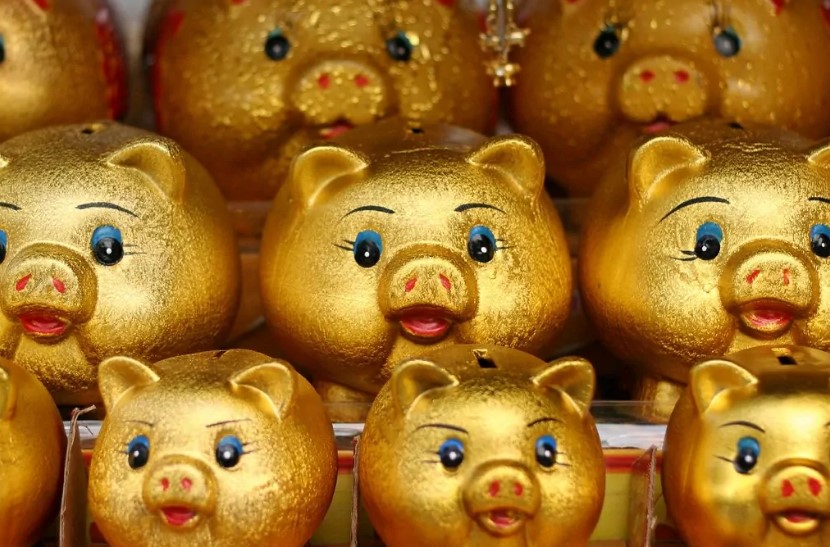
Fasting and holy anorexia
Have you heard of the so-called “holy anorexics”? This is how women who followed similar practices, such as Catherine of Sienna, are often referred to. This woman was even canonized for her unhealthy diet.
Holy anorexia, the so-called Anorexia Mirabilis, was a virtue in the Middle Ages, which was interpreted as an aversion to food sent from heaven. An excess of food was not a habit at the time, and therefore food became a desire, overeating would then be described as total devotion to carnal pleasures.
In the past, refusing food took on other dimensions, it became synonymous with refusing comfort. Such women were often depicted in paintings as crucified, thus depicting an image of Christ, they suffered like him. Some experts claim that patriarchal society itself may have been responsible for this austerity. Men could control everything, so maybe some of the women wanted to have control over their bodies at least.
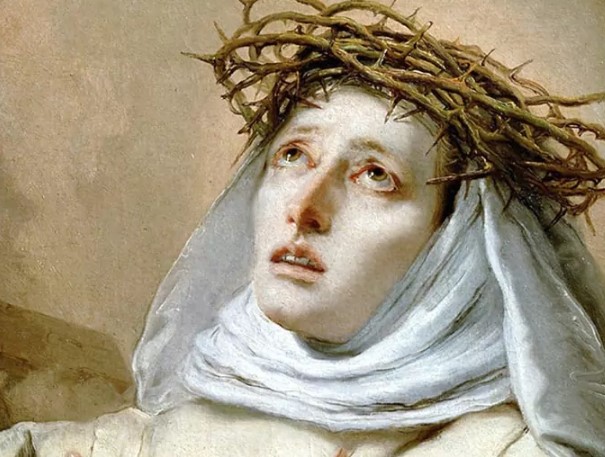
Christmas fast of today
Lately, most people in the wealthy north have not been too modest at Christmas. Many perceive these days as a period of overeating and subsequent weight gain, but as you may have read, this was not always the case.
In the past, it was common to feast only in the early evening of Christmas Day, today it is normal to watch fairy tales with a full stomach throughout Advent.


 Milan & Ondra
Milan & Ondra



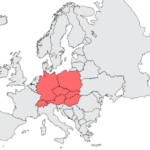 Central Europe
Central Europe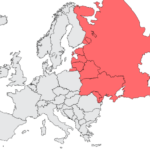 Eastern Europe
Eastern Europe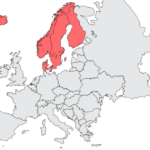 Northern Europe
Northern Europe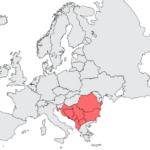 Southeast Europe
Southeast Europe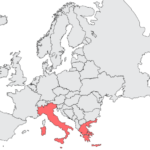 Southern Europe
Southern Europe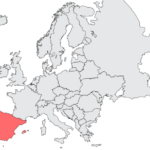 Southwestern Europe
Southwestern Europe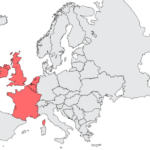 Western Europe
Western Europe